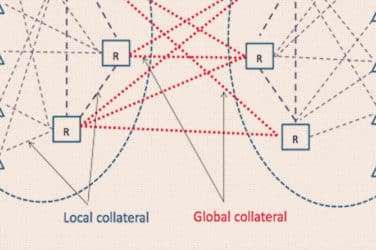
Competition in Australia’s equity markets has had a marked contribution to market quality, according to a study by Capital Markets Cooperative Research Centre (CMCRC), an Australian think tank.
CMCRC has quantified changes to the Australian market since Chi-X opened its doors, and concluded that it has brought net benefits of up to $215 million to the local market in its first year of operation.
The study’s lead author, Michael Aitken, CEO of the CMCRC, said the study looked at how the introduction of competition to the Australian equity market had affected market quality.
Applying the mandate of ASIC, namely, that all market design changes must face and pass the tests of efficiency and fairness, the study estimated metrics representing efficiency and integrity before and after the introduction of Chi-X controlling for all other factors know to affect these variables.
The study quantified the cost savings arising from reduced costs of trading, and then compared these to the additional costs competition had imposed, including increased costs of regulation and the technology costs borne by the trading community connecting to the new center.
“We have heard a lot from the trading community about the extra tech and regulatory costs they have to bear now, so we were somewhat expecting our results to reflect that,” Aitken said. “However, the results demonstrated unequivocally that the industry has saved money overall, even taking into account ASIC’s cost recovery program.”
The Australian Securities and Exchange Commission (ASIC) has refined its proposed rules on dark liquidity and high-frequency trading.
ASIC will not go ahead with proposals to rest small orders on the market for a set time or for dark orders to meet a minimum size. Instead, it will monitor the impact of the new meaningful price improvement rule in May 2013. There has already been a decline in the volume of dark liquidity as a result of this rule.
“ASIC’s taskforces on high-frequency trading and dark liquidity, and earlier work over the past two years, has seen an improvement in the awareness of these areas of trading, hence the move not to proceed with some rules at this time,” ASIC Commissioner Cathie Armour said.
The CMCRC study examines market efficiency by estimating changes in transaction costs and price discovery. “We looked at bid/ask spreads and found that quoted, realized and effective spreads had declined since Chi-X was introduced,” Aitken said. “The more Chi-X volume goes up, the more these decline, which means that as Chi-X gains market share it becomes cheaper overall to trade equities. This has resulted in cost benefits for all investors but particularly those trading the securities jointly traded on the ASX and Chi-X.”
The study also reviewed price discovery mechanisms, and found that they also improved, with standard deviations of price over both the short and medium terms reduced. The team then put the findings through a significant number of robustness tests to ensure findings stood up.
Aitken said that competition in Australian markets should not be compared to more highly fragmented markets such as the U.S.
“We have the situation here where we have two primary markets and a number of dark pools, and this level of fragmentation is small compared to the U.S. where there are over 300 different trading venues,” he said. “The benefits we find in this study are consistent with what we’d expect to see from the initial break-up of an effective monopoly. It should not be construed as advocating competition such as the U.S. experiences – that is a completely different scenario.”





